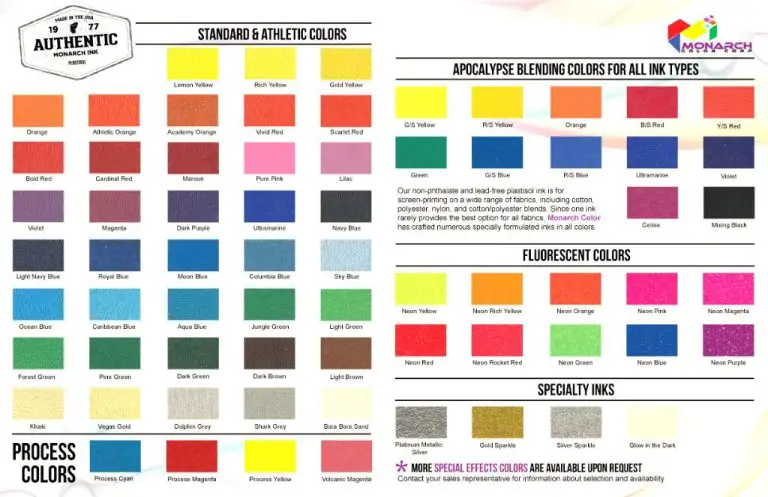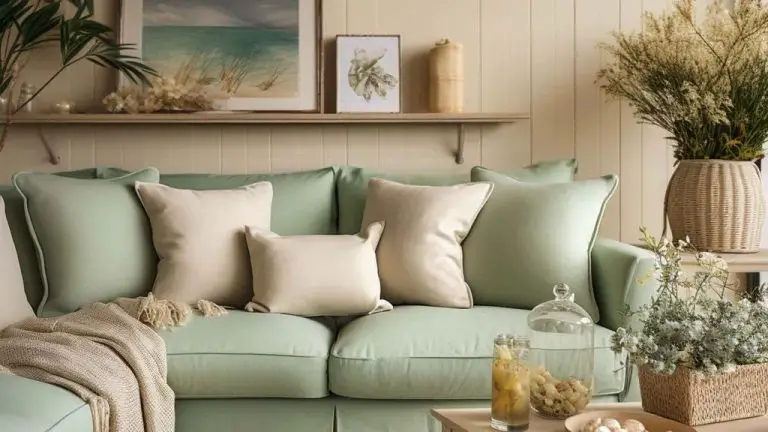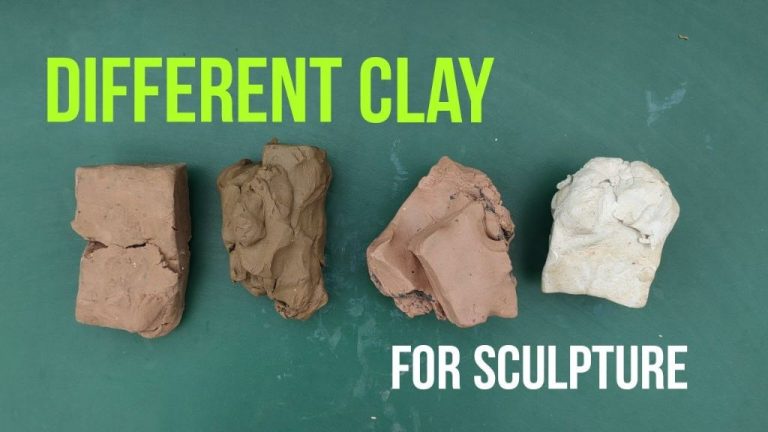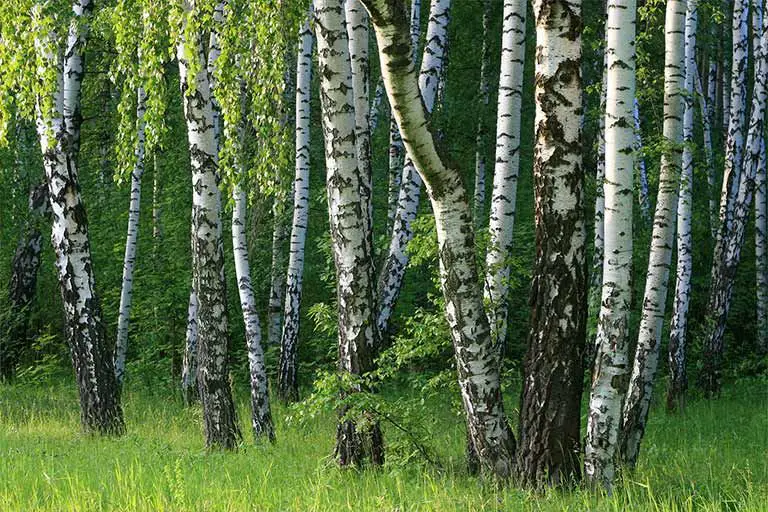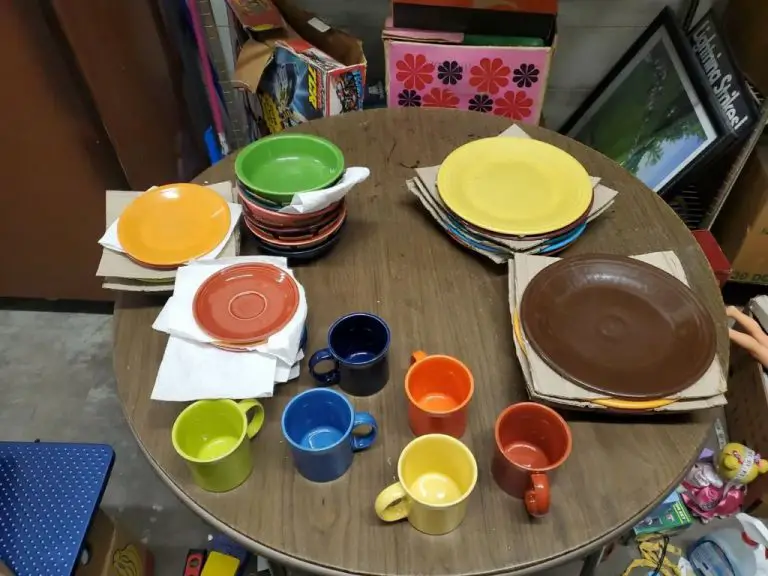Which Clay Is Best For Miniature Sculpting?
Miniature sculpting is the art of creating very small, highly detailed sculptures. Unlike larger sculptures where small imperfections may not be noticeable, miniature sculpting requires specialty clays that can hold the finest details. When sculpting miniatures, every small curve, crevice, and texture needs to emerge perfectly from the clay.
Choosing the right clay is crucial for miniature sculpting success. The clay must be pliable enough to sculpt intricate shapes, yet firm enough to hold up to repeated handling without deforming. It also needs to cure solidly into a durable final product. This article will examine the properties of different clay types and provide tips for selecting the best one for your miniature sculptures.
Clay Properties
When selecting the best clay for miniature sculpting, it’s important to consider key properties that affect how the clay handles and performs. The most significant properties are:
- Hardness – How firm or soft the clay is. Hard clays hold fine details better but can be difficult to shape. Softer clays are easier to sculpt but don’t pick up as much detail.
- Plasticity – How stretchy and pliable the clay is. Highly plastic clays are great for sculpting organic shapes.
- Elasticity – How well the clay holds its shape without deforming over time. Elastic clays will retain details better.
- Cure Time/Drying Time – How long it takes the clay to dry/cure into a permanent, solid state.
- Stickiness – How tacky or sticky the clay is to touch. Stickier clays make sculpting and handling more difficult.
For miniature sculpting, a medium hardness clay with good plasticity and elasticity is ideal. This allows sculpting fine details while still being workable. Quick drying/curing clays are preferable as well, so the sculpture holds its shape during detailing. Stickiness can make sculpting fiddly, so low tack clays produce the best experience and results.
Understanding these key clay properties allows selecting the type best suited for your sculpting needs and style.
Polymer Clay
Polymer clay is one of the most popular types of sculpting clay for miniatures and small figures. It consists of tiny PVC pellets mixed with plasticizers and colors. When baked in a standard oven, it cures into a hard, durable plastic.
Polymer clay offers several advantages for miniature sculpting:
- It can be hardened into a permanent, lightweight form through baking.
- It doesn’t dry out when exposed to air like water-based clays.
- It’s easy to mix colors and create gradients.
- It takes fine details well.
- It’s smooth consistency makes it easy to blend and sculpt intricate shapes.
The main downsides of polymer clay are that it can’t be fired in a kiln like ceramic clays, and details may become distorted during baking. Proper baking times and temperatures are crucial.
Popular brands of polymer clay include:
- Sculpey – A widely available polymer clay known for its versatility and range of colors. It has a smooth, consistent texture.
- Premo! – Made by Sculpey, Premo! clay is very strong when cured and handles detailed sculpting well. It has a silky, pliable feel.
- Fimo – Produced by Staedtler, Fimo clay comes in standard and effect varieties. It holds fine details accurately.
Epoxy Clay
Epoxy clay is made from a two-part polymer compound that must be kneaded together to activate the ingredients and begin the hardening process. The primary benefit of epoxy clay is its ability to capture extremely fine details, making it a top choice of many miniature sculptors.
Once the two epoxy putty components are mixed together, the clay remains workable and malleable for 2-6 hours. During this time the clay can be shaped into intricate designs and details down to a fraction of a millimeter. The curing process chemically hardens the clay into a strong, lightweight finished product.
Epoxy clay is ideal for adding realistic details like folds in clothing, textures like scales or fur, or minute embellishments that demand precision. Top choices for miniature sculpting include:
– Aves Apoxie Sculpt – 2-part clay, cures in 24 hours
– Milliput – 2-part non-toxic epoxy putty, cures in 24 hours
– Magic Sculpt – 2-part clay, cures in 3-4 hours
Epoxy clays are best used when you need ample time for shaping fine details that harden into a durable finished product. The slow curing time allows you to perfect all aspects of your miniatures before the clay permanently sets.
Oil-Based Clay
Oil-based clays, also known as plasticine, are made from non-drying oil components like petroleum jelly, mineral oil, and fatty acids. This gives the clay a smooth, soft texture that doesn’t harden over time. Oil-based clays are great for sculpting miniatures and figures because they have excellent modeling properties.
Oil-based clays are very malleable and easy to shape into fine details. The clay doesn’t dry out so you can continually work it and refine the sculpture. It also doesn’t shrink or crack as it sits. The downside is oil-based clay remains in a pliable state indefinitely. Finished sculptures made from plasticine must be supported or encased in an armature if they are to keep their shape.
Some of the top oil-based clays for miniatures and figurines include:
- Van Aken Plastalina – This professional grade plasticine has a smooth consistency and subtle coloring. It has high elasticity for shaping detailed features.
- Newclay – An ultra-soft sulfur-free plasticine that holds fine points and tool marks nicely. It has a non-greasy feel.
- MonsterKlay – With a slightly firmer texture, this plasticine sculpts well and holds its shape once molded.
The high pliability and uncured state of oil-based clays makes them a great choice for sculpting miniatures where you need to work slowly and deliberately to capture intricate forms and textures.
Water-Based Clay
Water-based clay is made from natural ingredients like clay and water. Some popular brands of water-based clay for miniatures include La Doll Premier, Hearty Clay, and Creative Paperclay.
Some pros of using water-based clay for miniatures are that it’s non-toxic, making it a good option for kids. It also air-dries naturally so doesn’t require baking. The texture is smooth and works well for detailed sculpting. Water-based clay is reusable if kept moist and cleans up easily with water.
Some cons are that water-based clay can dry out quickly while working with it. It’s also fragile when dry, so miniatures may need special care. Painting and glazing finished pieces takes more effort compared to polymer clay. The clay can also shrink slightly while drying.
Overall, water-based clay is a good choice for miniatures if you want an air-dry clay that’s non-toxic and captures fine details. Just keep in mind the drying time and fragility of finished pieces. With proper care, water-based clay can produce stunning miniature sculptures.
Air-Dry Clay
Air-dry clay is a type of modeling clay that does not require baking or firing to harden and cure. Instead, it cures through evaporation as the water content in the clay dries out when exposed to air. Some key traits of air-dry clay that make it a good option for miniatures include:
Dries fast – Air-dry clays fully cure and harden within 24-48 hours of air drying. This quick drying time makes it easy to work on a project over several sessions without waiting for weeks for firing.
Low shrinkage – Because the water content in air-dry clays is lower, it experiences minimal shrinkage as it dries. This helps maintain the accuracy and details of your sculpt.
Lightweight – Air-dry clays are very lightweight even when dry, making them easy to work with for extended periods and reducing hand fatigue.
Easy to paint – Fully cured air-dry clay accepts acrylic paints very well. Unlike polymer clay, it does not require a sealant before painting.
Among the air-dry clays, Celluclay Original and Activa Air-Dry Clay are good choices for miniatures. Both have fine consistency for detail work and cure to a hard, durable finish. For extra strength, coat cured pieces with acrylic sealer before painting. Avoid cheaper ‘pottery’ clays as they can crack easily at smaller scales.
Comparing Clay Types
When deciding which clay is best for sculpting miniatures, each type has its own strengths and weaknesses to consider:
Polymer Clay – Excellent detail work, doesn’t dry out while sculpting, keeps shape after baking, easy to blend colors, finishes with glossy sheen, brittle if thin, can’t be reused after baking.
Epoxy Clay – Does not need baking, has very long work time, self-hardening, can be drilled and sanded, tends to be somewhat sticky and soft.
Oil-Based Clay – Never fully hardens so can continually rework, tools and surface can easily be cleaned with odourless mineral spirits, stays workable in airtight containers, messy and wet texture.
Water-Based Clay – Very low-cost, soft and easy to shape, doesn’t dry out quickly, but often lacks fine detail and will break if too thin.
Air-Dry Clay – Dries naturally in air, no baking required, low cost, easy to sculpt fine details, can split or crack while drying, pieces may break while handling before fully cured.
For most miniaturists, polymer clay is often the best choice due to its ability to capture very fine details, bright lasting colors, and durability after baking. However, artists on a tight budget may prefer air-dry or water-based clays for their lower costs. Those wanting to continually rework and refine a sculpture may favor oil-based clays that never fully cure. Consider the project needs, budget, and individual sculpting process when deciding on the ideal clay for miniature work.
Tips for Working with Clay for Miniatures
When working with clay for miniatures and small sculptures, having the right techniques can make all the difference in achieving a quality finished piece. Here are some expert tips and tricks to help you sculpt smooth, detailed miniatures from polymer, epoxy, oil, or water-based clays:
Conditioning the Clay
Before starting to sculpt, knead and warm the clay in your hands to make it soft and pliable. This is especially important for polymer and epoxy clays which can be quite stiff at first. Knead the clay until it is smooth, soft, and free of air bubbles.
Using Sculpting Tools
Have a variety of sculpting tools on hand like loop tools, ball styluses, spatulas, and needle tools. These allow you to smooth, shape, carve detail, and reach small areas on a miniature. Wet tools periodically with water or rubbing alcohol to prevent sticking.
Work in Sections
Rather than trying to sculpt an entire miniature at once, break it down into sections – sculpt the head first, then the torso, legs, arms, etc. This makes the process more manageable.
Baking Polymer Clay
For polymer clay miniatures, bake the sculpted pieces according to package directions to harden and cure the clay. Place pieces on a baking sheet and bake at the specified temperature for the recommended time.
Letting Air Dry Clays Cure
When working with air dry clays, allow adequate drying time between sculpting sessions. Air dry clays cure naturally as water evaporates. Avoid disturbing pieces before fully cured.
Using these techniques can help in sculpting detailed, quality miniatures from clay. Patience and practice creates better results.
Conclusion
When choosing the best clay for sculpting miniatures, the key factors to consider are versatility, detail potential, durability, workability, and personal preference. The majority of experienced miniature sculptors recommend polymer clay as the best all-around option for most mini sculpting needs.
Polymer clays like Sculpey and Fimo provide a winning combination of sculptability, ability to capture fine details, strength when cured, and wide range of available colors and finishes. Epoxy putties also excel for durability and intricate detailing. Oil-based clays remain popular for their smooth texture. And specialized water-based and air-dry clays have unique properties that may suit specific projects.
But ultimately, the “best” clay comes down to an individual sculptor’s needs and personal preference. Testing different clays on simple projects is the best way to determine which material allows you to achieve the results you want. With practice and experimentation, miniature artists can become adept at sculpting with several types of clay.

